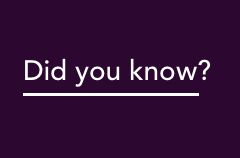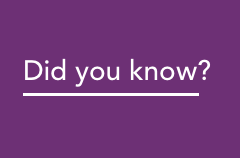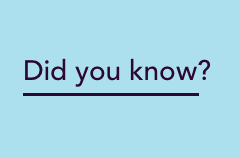Energy Adequacy Assessment Projection (EAAP)
The Energy Adequacy Assessment Projection (EAAP) report provides information on the impact of potential energy constraints, such as water storages during drought conditions or constraints on fuel supply for thermal generation, on supply adequacy in the National Electricity Market (NEM).
The 2023 Energy Adequacy Assessment Projection (EAAP) report is published as part of the 2023 Electricity Statement of Opportunities (ESOO).
Under the EAAP’s data collation process, all scheduled generators in the NEM are required to submit information to AEMO regarding the effect of energy supply limitations on their production outputs. This data provides a broad assessment of impacts on supply and reliability in the NEM. For more information please review the EAAP guidelines.
-
EAAP Report Archive






